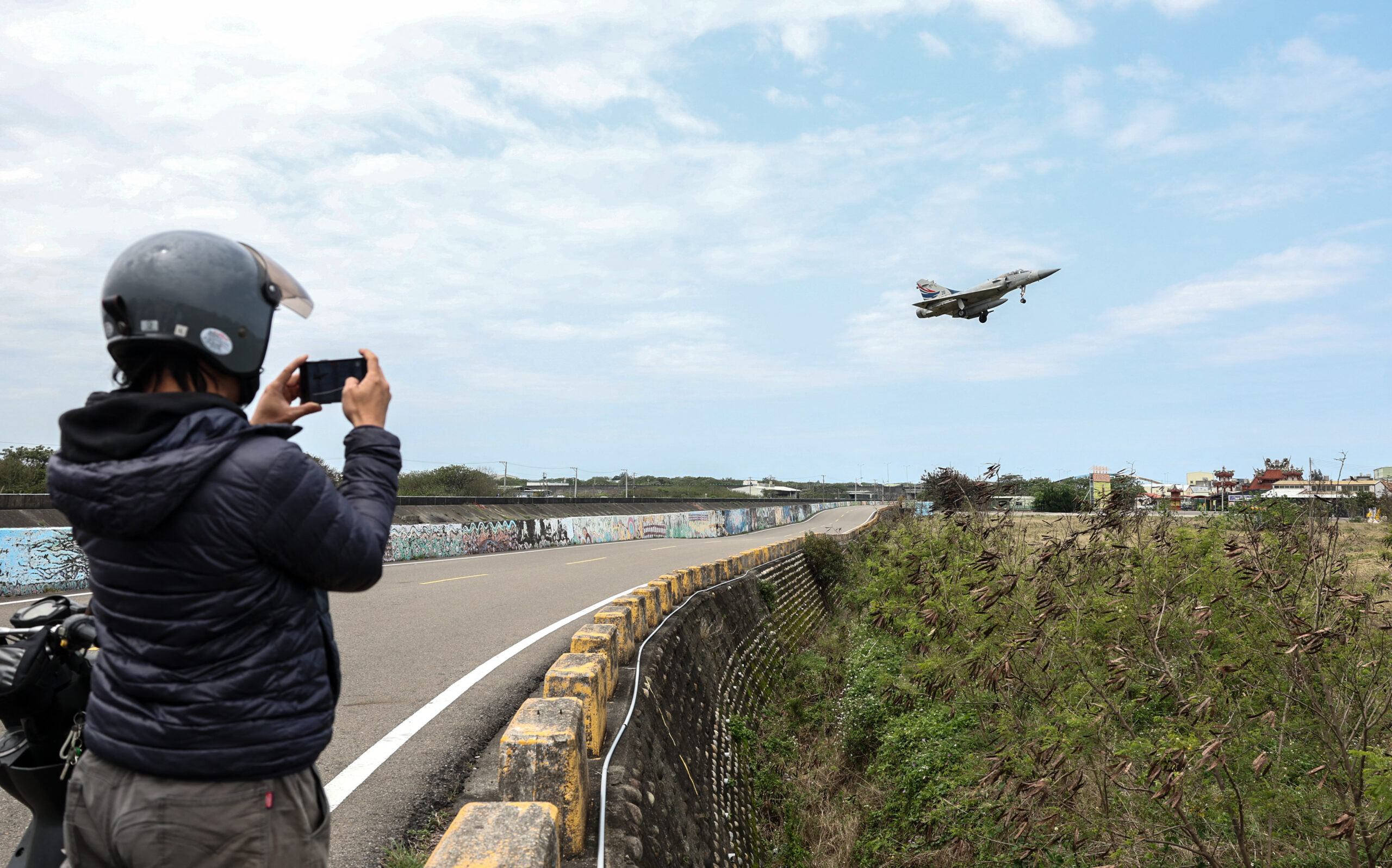
The Trump administration seeks to make the defense of Taiwan a central element of its Pacific strategy, but its trade policies are making that defense more difficult and conflict more likely. Coupled with its undisguised contempt for allies and partners, it is its own worst enemy.
President Donald Trump has frequently discussed a Pacific strategy, and Secretary of Defense Pete Hegseth has reportedly made the defense of Taiwan a key mission in his Interim National Security Guidance. Although classified, the guidance reportedly states, “China is the Department’s sole pacing threat, and denial of a Chinese fait accompli seizure of Taiwan while simultaneously defending the U.S. homeland is the Department’s sole pacing scenario.”
In this, Trump and Hegseth continue a bipartisan policy that has been in place since Mao and his People’s Liberation Army drove the Nationalists off the mainland in 1949. Its importance has increased dramatically in the 21st century. Previously, China focused on having a large army while leaving its air and naval forces weak. Experts derided a Chinese invasion of Taiwan as “a million man swim.” That changed in the 21st century as China undertook an extraordinary military buildup. For example, its Navy went from 140 obsolescent ships in 2003 to 234 modern ships today. Its rhetoric has also turned nationalist and has been increasingly insistent about reuniting Taiwan with the mainland. President Xi Jinping even appears to have set a deadline of 2027 for China’s military to be ready for such an operation.
I-HWA CHENG/AFP via Getty Images
Tariffs undermine this worthy goal by sowing doubt about U.S. reliability as a partner. In the event of a conflict in the western Pacific, countries like Japan, South Korea, and the Philippines would be betting their futures if they sided with the United States. Yet, they received no special consideration when the Trump administration set tariff levels. They cannot help noticing that no additional tariffs were put on Russia. This occurs amid a backdrop of contempt for allies and partners and the feeling among Trump administration officials that the world takes advantage of us, and the closer the relationship, the more severe the harm.
But the United States needs allies and partners to fight China successfully. Indeed, extensive CSIS wargaming shows that the United States will lose without them. Regional bases in Japan and the Philippines are essential because U.S. fighter/attack aircraft have relatively short ranges (about 600 miles). Without the close bases that allies can provide, these aircraft cannot reach Taiwan. The military’s investment of hundreds of billions of dollars in F-35s, F-22s, F-15s, and F-16s would be useless because the aircraft cannot get into the fight. U.S. territory like Guam is too far away for these aircraft to operate effectively, even with aerial refueling. Bombers—B-52s, B-1s, and B-2s—can operate from U.S. bases because of their long ranges, but they are insufficient to prevail on their own against a powerful Chinese military.
Tariffs also make conflict more likely by driving up tensions between the United States and China. Indeed, as the Trump administration has paused tariffs on the rest of the world, it has escalated the trade war against China. At this writing, U.S. tariffs on China total 145 percent, while China has responded with tariffs of 125 percent. Trump is trying to force China to submit to his will and accept his terms, as so many other countries have, but China is refusing. The Chinese national narrative is that in the 19th and early 20th century, colonial powers abused and humiliated a weak China. They are determined that it will not happen again.
Further, the U.S. disregard for allies and partners might convince China that the United States would be acting alone and not leading a coalition if conflict were to break out. Not only does this mean a reduced military challenge—less chance of having to face the powerful Japanese military or being penned in by the hedgehog defenses of South Korea, the Philippines, Vietnam, and India. It also means less diplomatic risk. The world may be unwilling to impose sanctions on China the way it has on Russia after it invaded Ukraine. Indeed, behind all of this is the administration’s reluctance to support Ukraine, which allies might see as applying to themselves, and China might see as applying to Taiwan.
The United States cannot have one economic policy—tariffs for all—and another for national security—a coalition of partners and allies to counter China. If the U.S. continues its tariff war against its allies and partners and transactional economic policies, it will face China alone and lose.
Mark Cancian is a retired Marine colonel and a senior advisor at the Center for Strategic and International Studies. He specializes in the analysis of military forces, operations, and budgets.
The views expressed in this article are the writer’s own.
